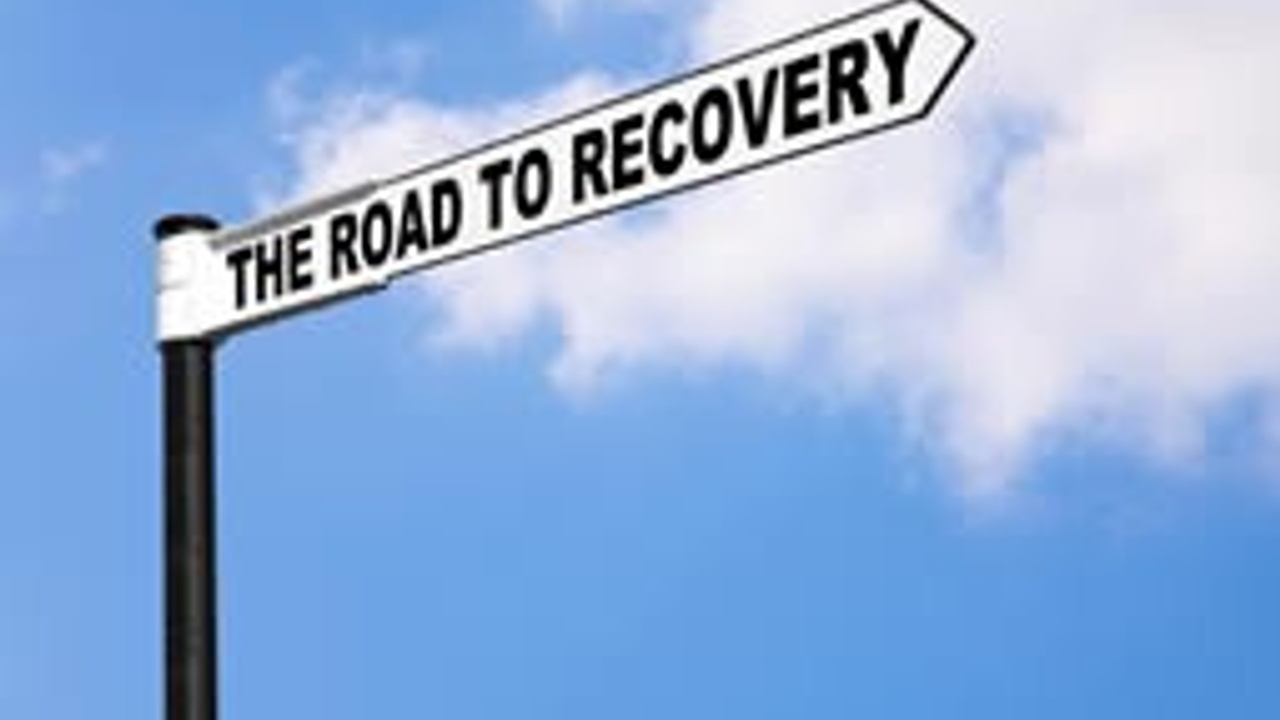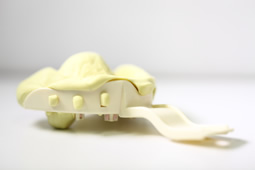Healing is an Individual Process
Aug 20, 2014
Road to Recovery Healing is not a neat and tidy process with well-defined steps from pain to wellness. Instead, it is an individual journey that is unique for each person. The source of chronic pain and the strategies needed for recovery can be simple or complex. Some people get better quickly, while others wander through the healing process. These explorers are the people I work with. They are the tough cases who have tried other therapies. Sadly, they describe themselves as being at the end of their rope.
Regardless of their desperation for pain relief, everyone wants to know the answer to one question. That is, how long will healing take? As a good exercise scientist and therapist, I always have one response. It depends. It depends on the severity of the injury, past episodes of pain, surgeries, activities to be resumed, duration of the pain, compliance of the client to do exercises, and on and on. In short, I cannot say how long healing will take. I wish I could.
And then there is the question of how to classify healing. I don't believe we achieve healing when the pain goes away. Instead, healing means that our bodies have reached their optimal function. As an example, if I can run but I have excessive one-sided muscle tightness in my hip, I have not recovered.
I know. My own route to becoming pain free has been a tough and circuitous path, leading me down many side roads. On these detours, I have learned a lot. Throughout this journey, I discovered several techniques and strategies for healing I had never heard of or imagined. Nicely, my struggle for wellness has made me a better therapist. And my journey's not over yet! Below I share the latest in my process.
Last spring I attended courses from the Postural Restoration Institute. The information I learned has challenged and expanded my understanding of posture and healing. While living in Hailey, ID this summer, I've had the opportunity to work with a gifted physical therapist (PT) in Burley as a patient and a student. Since we have been working together, I have suffered debilitating back spasms twice, once on my left and once on my right. Great therapy, huh? Actually, it is. And although distressing, my relapses just show that I still have dysfunction that I need to address. In other words, the therapy hasn't failed my body. My back just won't stop working and allow my hip muscles to do their job. Good to know! As I've said before, our reaction to pain is the problem. The pain is just telling me I'm compensating.
Now, if you're wondering, my back did recover quickly. Also, my hips are getting stronger and stronger. However, my healing has not been a linear path. Instead, I've had several ups and downs along the way. When will I be healed? Time will tell.
I should also note the insightful work we have been doing on my jaw. When I went through the diagnostic tests, we observed that my right shoulder is locked up and won't rotate forward freely. The same is true for my left hip, which lacks the ability to adduct (move inward toward the body). During the test, they ask me to bite with the left side of mouth on a tongue depressor and breathe. When I retest, guess what? My shoulder and hip move smoothly. Really? I must say that every time he does this--and it has been a half dozen times at this point--I still can't believe it. He explains that the neurology of my bite pattern is setting off a negative chain reaction in my body that is affecting my other joints. Again--Really?! Later, I will be learning more about this.
The following experience is just so crazy that I had to share it. For many years I've been wearing a mouthguard at night because I grind my teeth and clench my jaw while sleeping. The first step to address my unbalanced jaw was for my PT to modify my current night guard and then refer me to an orthodontist for a better one. After the mouth impressions are taken and the splint made, I show up for my fitting. The first orthodontist can't get the splint to fit. Clearly the impression was distorted from which the splint was made. I'm told to go to my PT appointment and come back to work with the other orthodontist who is currently getting a massage (which I can appreciate).
About 7 pm that night while the other orthodontist is busily working on fitting my splint, the power goes off. There is a tornado warning in the town just down the road; the wind is howling as the rain comes down sideways. We sit in the lit hall and wait. With no end in sight he decides to proceed. Dedication! I did drive two hours for this appointment, after all.

By flashlight he grinds the splint down. Then he adds more material that I have to bite on and hold in my mouth as it burns my gums and smells atrocious. Yuck! While that sets, he takes more impressions, just in case. Three tries later he has one that will work. So, here I am, sitting in the dark with a stranger who keeps shoving awful, gagging things into my mouth. It's a wonder I stayed--but I, too, am determined.
Back to fitting the splint. He was hoping there would be enough air in the compressor to run the drill, but alas, no luck. Off to the hospital we go to use their auxiliary power. Thankfully, it is a small town and the hospital is just minutes away. All goes well, and he gets the splint in. Unfortunately, it's not a great fit, so a new one will be needed.
Finally home at 10:30 pm that night, exhausted but finding it hard to sleep with this strange apparatus in my mouth, I'm wondering, "Will it work?" Too soon to tell but I am hopeful. Healing is an individual process and this may be the final step in my recovery. Certainly never looked at this issue before.
Stay connected with news and updates!
Join our mailing list to receive the latest news and updates from me.
Don't worry, your information will not be shared.
We hate SPAM. We will never sell your information, for any reason.

